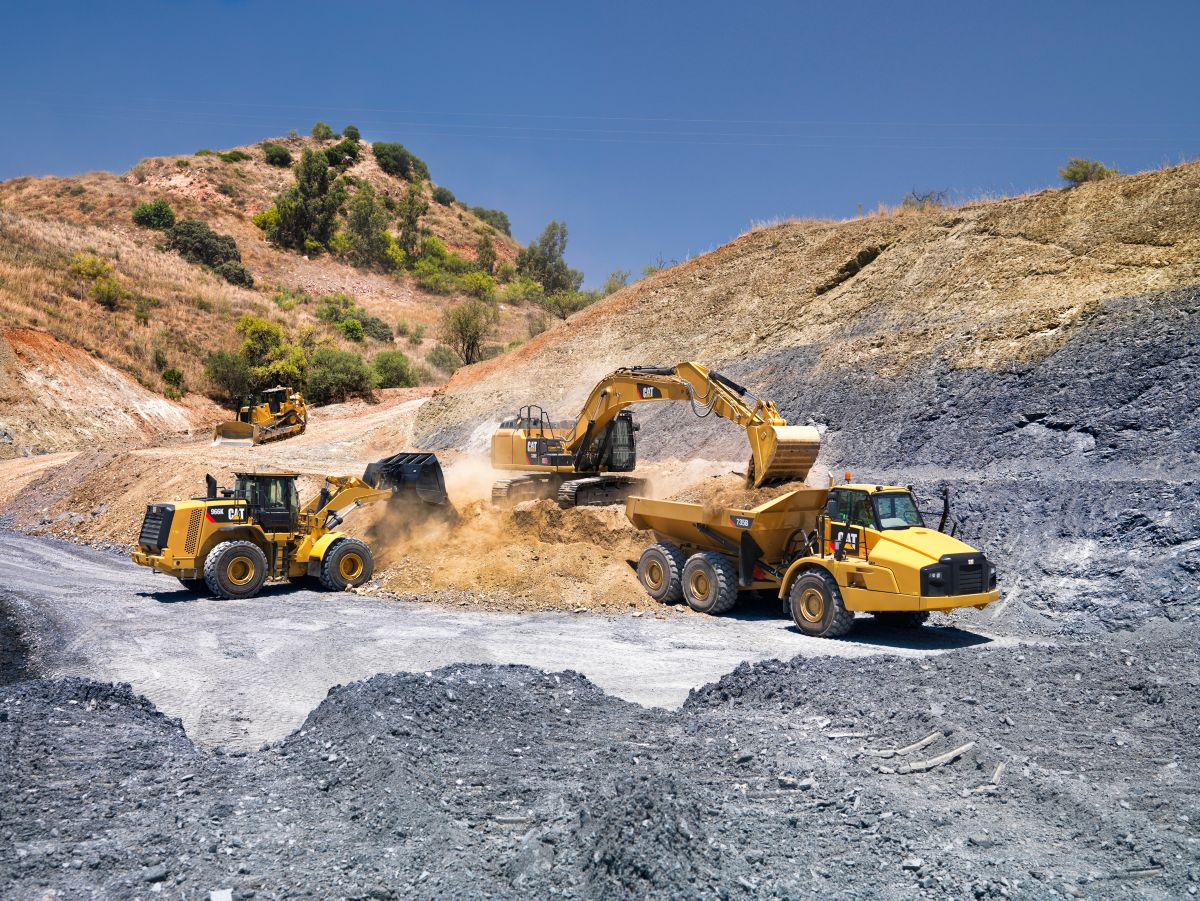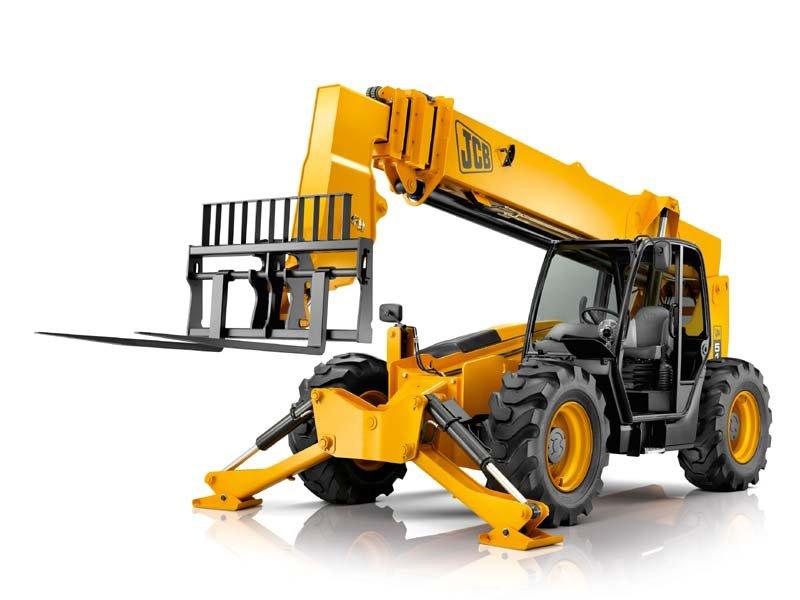Scissor Lift Rental: Safe and Efficient Lifting Solutions
Scissor Lift Rental: Safe and Efficient Lifting Solutions
Blog Article
Optimize Your Spending Plan by Comprehending the Costs Connected With Construction Devices Leasings
Comprehending the full range of prices associated with building tools services is important for optimizing your budget. What approaches can be utilized to efficiently handle these expenses and ensure an extra reliable rental experience?
Overview of Rental Prices
When considering building and construction equipment leasings, understanding the associated costs is critical for efficient budgeting and project preparation. Rental expenses can vary considerably based upon a number of elements, consisting of equipment kind, duration of service, and area. The first rental cost often mirrors the tools's market need and its connected functional capacities, affecting the general expense.
In addition to the base rental price, supplementary expenses may emerge, such as transportation charges, fuel additional charges, and upkeep charges. It is necessary to account for these additional expenses to accurately analyze the overall cost of leasing devices. The rental period can influence pricing; longer leasings may certify for affordable rates, while temporary services might incur greater daily costs.

Break Down of Rental Rates
A comprehensive understanding of rental rates is essential for contractors and project managers aiming to maximize their budgets. Rental prices for construction tools generally contain numerous elements, including base rates, time-based costs, and use costs.
Base prices are the core costs associated with the rental of the equipment, typically identified by the kind and size of the machinery. These rates can differ substantially, influenced by elements such as equipment demand, accessibility, and regional market trends. Time-based charges, which may be daily, weekly, or monthly, offer to suit various task timelines and rental durations.
Additionally, rental prices may include usage fees, which apply when devices is used past a defined threshold, making sure that the rental firm can make up deterioration. Seasonal demand variations can additionally affect rental rates, with peak construction periods normally regulating higher costs.
Moreover, recognizing the rental company's plans pertaining to maintenance and insurance can give additional insight into the total price structure. By evaluating these elements, contractors can make educated decisions, making sure the selection of rental tools lines up with both job demands and budget constraints.
Added Charges to Take Into Consideration
Recognizing the ins and outs of added costs is critical for contractors to handle their total service costs successfully. Past the typical rental rates, numerous additional fees can considerably influence the total price of tools leasing. These charges frequently consist of distribution and pickup charges, which can differ based upon range and logistics associated with transferring the equipment to and from the task site.
Moreover, some rental business may enforce fuel surcharges if the devices is returned with less fuel than when leased. It is also vital to understand possible cleansing fees, specifically for customized equipment that needs detailed upkeep after usage.

Extensively assessing the rental agreement and making clear these added costs ahead of time can assist specialists guarantee and avoid unexpected costs that spending plans continue to be intact throughout the project lifecycle.
Upkeep and Repair Expenditures
Normal upkeep and repair service costs are frequently overlooked aspects that can dramatically influence the general price of construction equipment services. When renting tools, it is important to think about not just the rental costs but also the possible expenses connected with maintaining the equipment in ideal operating problem.
Many rental firms include standard maintenance as component of the rental contract; nonetheless, much more unexpected break downs or comprehensive repair services can result in additional costs. It's crucial to evaluate the rental contract carefully to understand what upkeep solutions are covered and what obligations fall on the occupant.
In addition, tools that is not properly maintained can cause inadequacies on the task website, potentially raising and triggering delays job costs. To alleviate these dangers, it is recommended to perform regular examinations and maintain open interaction with the rental service provider regarding any kind of issues that arise during use.
Insurance Policy and Liability Costs
Insurance and responsibility costs are vital elements that can dramatically impact the general cost of building and construction equipment services (mini excavator rental). These costs make sure that both the rental company and the client are shielded from potential financial losses arising from accidents, damage, or burglary throughout the rental period

Additionally, customers should be conscious of any kind of deductibles or exclusions in the insurance plan, as these can impact prospective out-of-pocket expenditures. Recognizing the terms and problems of any kind of insurance coverage is vital to prevent unexpected expenses. Eventually, budgeting for Resources insurance policy and responsibility expenditures can assist make sure a smoother rental experience and protect against monetary threats connected with construction jobs.
Conclusion
In conclusion, a detailed understanding of the costs associated with construction devices leasings is important for effective budget administration. Eventually, notified decision-making concerning tools services adds to the total success of building and construction endeavors.
Rental prices can differ significantly based on several variables, consisting of tools kind, period of leasing, and place (heavy equipment rental). The rental period can affect pricing; longer leasings might certify for reduced prices, while temporary rentals could sustain greater everyday charges
By carrying out extensive research and involving with credible rental companies, service providers can properly navigate the intricacies of rental rates, inevitably maximizing their financial resources.
Beyond the basic rental prices, numerous additional costs can considerably influence the total expense of equipment rental. Rental companies typically give responsibility insurance policy that covers injuries to 3rd parties or damage to residential property, while devices damages insurance can cover the price of repair work or replacement if the leased tools is harmed.
Report this page